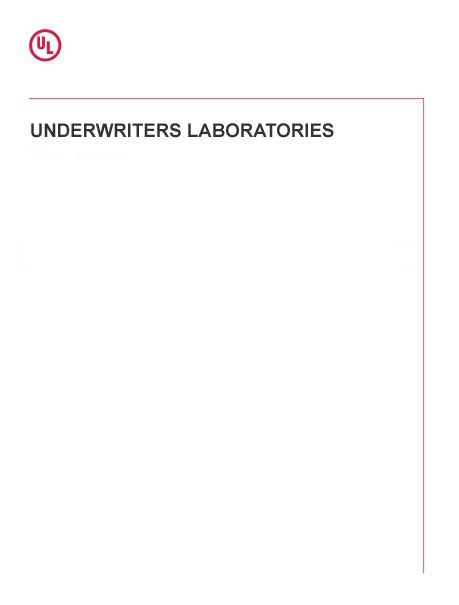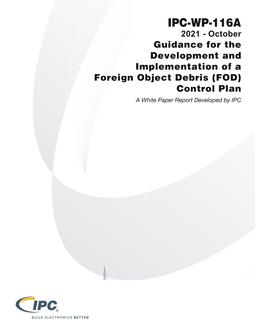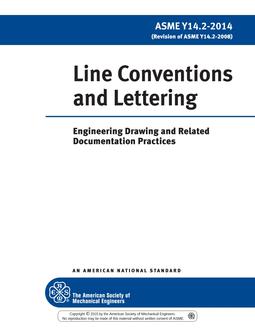
UL 2079
Original price was: $631.00.$379.00Current price is: $379.00.
Tests for Fire Resistance of Building Joint Systems
| Published by | Publication Date | Number of Pages |
| UL | 08/26/2015 | 0 |
UL 2079 – Tests for Fire Resistance of Building Joint Systems
Please note: All interim revisions for this edition available at time of your purchase will be included.
Tests for Fire Resistance of Building Joint Systems
UL 2079
1 Scope
1.1 These tests are applicable to joint systems of various materials and construction that are intended for use in linear openings between adjacent fire resistive structures.
1.2 The fire endurance ratings for joint systems are intended to register performance during the period of fire exposure and are not intended to be interpreted as having determined the acceptability of the joint systems for use before or after fire exposure. The intent of these methods is to develop data to assist others in determining the suitability of the joint systems where fire resistance is required.
1.3 These requirements are intended to evaluate the length of time that the types of joint systems specified in 1.1 will contain a fire during a predetermined test exposure. The test evaluates the joint system’s resistance to heat and, in some instances, to a hose stream, while carrying an applied load if the assembly is load bearing. The method of testing also includes optional air leakage tests to determine the rate of air leakage through joint systems resulting from a specified air pressure difference applied across the surface of the joint systems.
1.4 Under these requirements a joint system is subjected to a standard fire exposure controlled to achieve specified temperatures throughout a specified time period. This exposure by itself is not intended to be representative of all fire conditions; conditions vary with changes in the amount, nature and distribution of fire loading, ventilation, compartment size and configuration, and heat sink characteristics of the compartment.
1.5 All joint systems are cycled through their intended range of movement prior to fire exposure to demonstrate the joint system’s range of movement and the impact of the joint system during movement on the adjacent fire resistive structures. Joint systems are required to be loaded to their designed live load capacity during the fire test. For tests of wall-to-wall and head-of-wall joint systems, the fire test is followed by the application of a specified standard hose stream.
1.6 These requirements cover the measurement of the transmission through the joint system of heat and gases sufficiently hot to ignite cotton waste.
1.7 These requirements provide a relative measure of fire performance of comparable assemblies under these specified fire exposure conditions. Any variation from the construction or conditions that are tested, such as method of assembly and materials, is not within the scope of this test method.
1.8 Tests for evaluating the suitability of poured or formed-in-place materials for use in joint systems under non-fire conditions are found in the Standard Test Method for Adhesion and Cohesion of Elastomeric Joint Sealants Under Cyclic Movement (Hockman Cycle), ASTM C719.
1.9 Tests for evaluating the suitability of joint systems other than those with poured or formed-in-place materials under non-fire conditions are found in the Standard Test Method for Cyclic Movement and Measuring the Minimum and Maximum Joint Widths of Architectural Joint Systems, ASTM E1399/E1399M.
1.10 Tests for determining the hourly fire endurance ratings of walls and floors are found in the Standard for Fire Tests of Building Construction and Materials, UL 263. Standard UL 263 shall be permitted to be used to determine the hourly fire endurance rating of walls and floors with control joints.
1.11 Tests for determining the surface burning characteristics of building materials, based on the rate of flame spread, are found in the Standard for Test for Surface Burning Characteristics of Building Materials, UL 723.
1.12 The results of these tests represent one factor in assessing fire performance of joint systems. These requirements prescribe a standard fire exposure for comparing the performance of joint systems. Application of these test results to predict the performance of actual building construction requires careful evaluation of test data.
1.13 The method of testing also includes optional air leakage tests to determine the rate of air leakage through fire resistive joint systems resulting from a specified air pressure difference applied across the surface of the systems. The results obtained from the optional air leakage tests are expressed in cubic feet per minute (cubic meter per second) per lineal foot (lineal meter) of opening. The results are intended to develop data to assist authorities having jurisdiction, and others, in determining the acceptability of joint systems with reference to the control of air movement through the assembly.
1.14 The method of testing also includes optional water leakage tests to determine the ability of fire resistive joint systems to resist the passage of water under a three foot pressure head. This method does not evaluate the ability of uncured joint systems to resist such exposure.
1.15 An L rating may also be established for a fire resistive joint system. The L rating is based on the amount of air leakage through the test sample.
1.16 A W rating may also be established for a fire resistive joint system. The W rating is based on the water resistance of the test sample.
Product Details
- Edition:
- 5
- Published:
- 08/26/2015
- Note:
- This product is unavailable in Ukraine, Russia, Belarus




